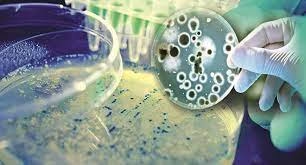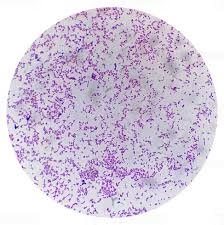
Introduction Medical microbiology is a cornerstone of clinical diagnostics, providing critical information on the detection, identification, and antimicrobial susceptibility of infectious agents. Historically, microbiological methods relied heavily on manual techniques: Read More …



